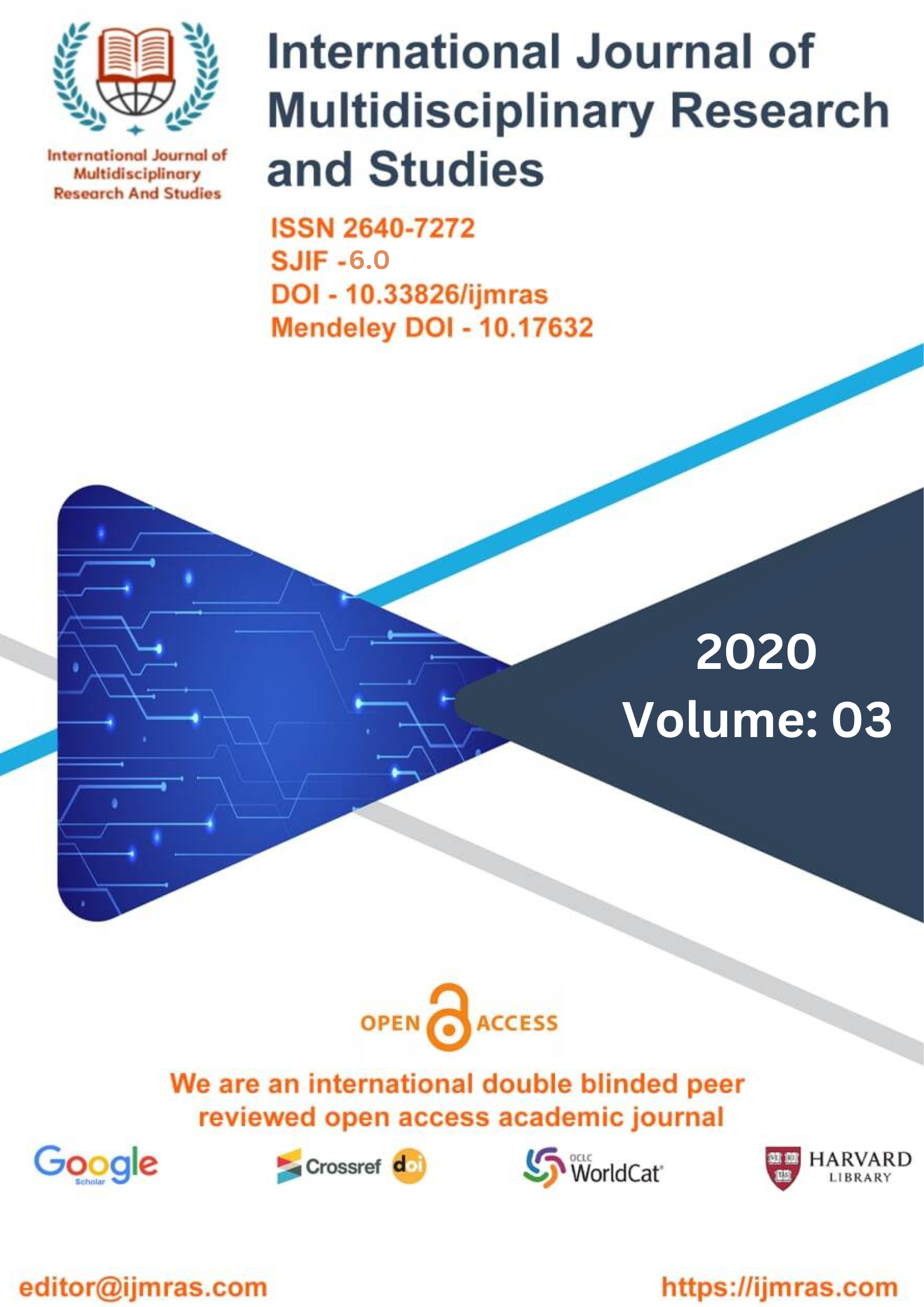A STUDY ON THE PLIGHT OF WOMEN WORKERS IN THE INFORMAL

Abstract
The fact that women are disproportionately represented in the lowest-paying, most precarious jobs in the informal economy is a clear indication that their labour is invisible. The informal sector, also known as the grey economy or the hidden economy, is responsible for the provision of employment and income without being subject to the regulation or control of the government or a social safety net (e.g., pension, fair wages, or unemployment insurance). Domestic workers are employed in private houses to perform a variety of activities. These services include sweeping and cleaning, washing clothing and dishes, grocery shopping and cooking, as well as providing care for children, the elderly, and the handicapped. Additionally, they provide services in the areas of gardening, driving, and security. Some people do this sort of employment while also living on the grounds of their employer.
Keywords
Plight, Women, WorkersHow to Cite
References
Chaudhary,M.&Gupta,M.(2010).GenderEqualityinIndianHotelIndustry–astudyofperceptionofmaleandfemale employees.InternationalJournalofHospitality&TourismSystems,Vol.3Issue1.
Lahiri-Dutt,K.RolesandStatusofWomeninExtractiveIndustriesinIndia:MakingaPlaceforaGenderSensitiveMiningDevelopment.
Mohapatra,D.(2015).FemaleWorkersintheUnorganisedSectorinIndia.InternationalConferenceonStudiesinHumanitiesandSocialSciences(ICSHSS'15)Mohapatra,K.K.(2012).Women WorkersinInformalSectorin India:UnderstandingtheOccupationalVulnerability.InternationalJournalofHumanitiesandSocialScience,Vol.2No.21.
Patel,R.&Pitroda,J.(2016).TheRoleofWomeninConstructionIndustry:AnIndianPerspective.IndianJournalofTechnicalEducation(IJTE).
PaulG.D.,B,Datta,S.&MurthyR.,V.(2011).WorkingandLivingConditionofWomenDomesticWorkers:EvidencesfromMumbai.AdeccoTISSLabourMarketResearchInitiatives(ATLMRI),DiscussionPaper13.
Thresia,C.U.(2004).WomenWorkersinAgriculture:Genderdiscrimination,workingCondition,andhealthstatus.
Sakthivel, S., &Joddar, P. (2006). Unorganised Sector Workforce in India: Trends,Patterns and Social Security Coverage. Economic and Political Weekly, 41(21), 2107-2114.Retrieved fromhttp://www.jstor.org/stable/4418266
Anjaria,J.S.(2006).StreetHawkersandPublicSpaceinMumbai.EconomicandPoliticalWeekly,2140-2146.
Arya, S.P. (1988). Social Movement-A Conceptual View. In Srivastava, S.K. &Srivastava,A.L.(Eds),SocialMovementsforDevelopment(pp.17-27).Allahabad:ChughPublications.
Bhowmik,S.K.(2010).StreetVendorsintheGlobalUrbanEconomy,NewDelhi:Routledge.Blackett,A.(2000).MakingDomesticWorkVisible:TheCaseforSpecificRegulationILO,Geneva.http://www.ilo.org/public/english/dialogue/ifpdial/publ/infocus/domestic/4_2.htmCarr,M.,&Chen,MarthaA.(2002).GlobalisationandtheInformalEconomy:HowGlobalTradeandInvestmentImpactontheWorkingPoor.Boston:WEIGO.
Chant,S.,&Pedwell,C.(2008).Women,GenderandtheInformalEconomy:AnAssessmentofILOResearchandSuggestedWaysForward.
Clawson,D.(2003).TheNextUpsurge:Labourandthe NewSocialMovementsIthaca:CornellUniversityPress.
License
Copyright (c) 2020 CHANDRIKA RAM

This work is licensed under a Creative Commons Attribution 4.0 International License.
Individual articles are published Open Access under the Creative Commons Licence: CC-BY 4.0.



